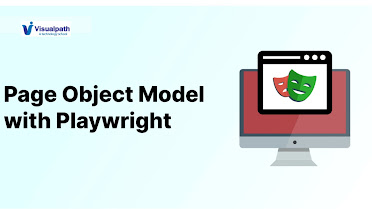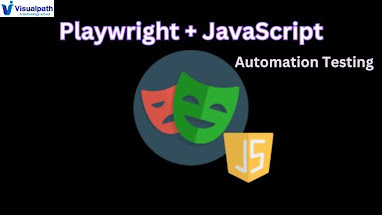Playwright Automation with TypeScript: A Comprehensive Guide

Introduction: Playwright Automation is a cutting-edge framework designed for automating browser interactions, developed by Microsoft. As applications grow in complexity, so do the challenges in ensuring their reliability and functionality across various scenarios. In this landscape, tools like Playwright have emerged as powerful allies, offering a robust framework for automating browser-based interactions. Playwright Automation Training The Power of Playwright: Before delving into the integration with TypeScript , it's crucial to grasp the capabilities that Playwright brings to the table. Developed by Microsoft, Playwright is a versatile automation library designed to facilitate browser testing. Unlike traditional solutions, Playwright supports multiple browsers (Chrome, Firefox, Safari, etc.) and offers a unified API for performing a wide array of actions, from simple clicks to complex interactions such as file uploads and downloads. Playwright with TypeScript Training ...


